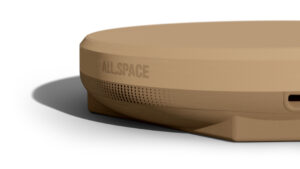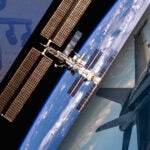
Isotropic Systems is changing its name to All.Space ahead of the rollout of its ‘smart terminal,’ which the company hopes will differentiate the value of satellite capacity in the telecoms world and grow the reach of the industry. The core technology is the terminal’s multi-orbit, multi-beam capabilities, that allow it to connect with multiple satellites in multiple orbits at the same time with full-performance links. This has been validated in tests with the U.S. military. On Monday, All.Space revealed additional details about the terminal’s…

 By
By 









